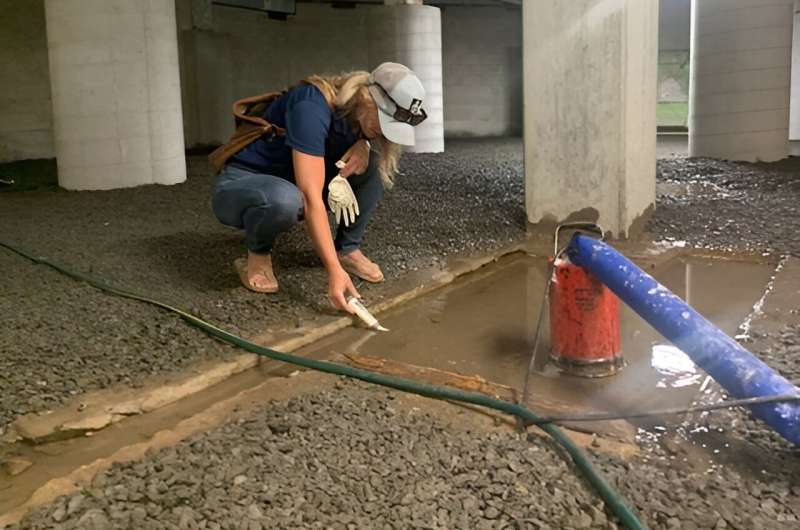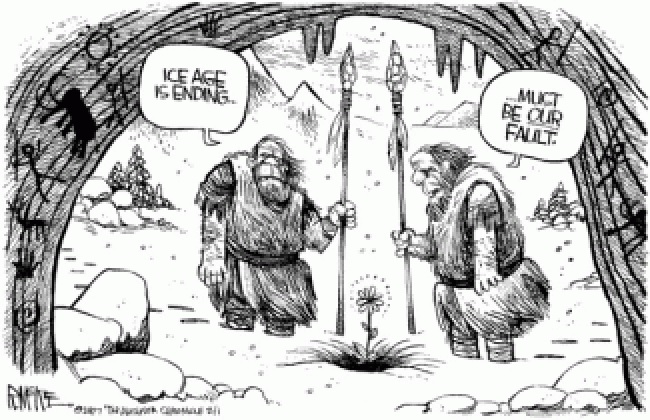
A new IPCC report written and edited by 91 scientists from 40 countries who analyzed more than 6,000 scientific studies says we’re looking at climate catastrophe as early as 2040 unless changes are made worldwide on a scale and speed which has no historic precedent. $54 trillion worth of damage is predicted to result from the 1.5 degree Celsius rise in global average temperatures we’re expected to be facing at that time if drastic changes are not made.
To be clear, when climate scientists talk about a 1.5 degree hike in global average temperatures, they are not saying that days will tend to be around 1.5 degrees warmer, which doesn’t sound bad at all. What they are saying is that there will be drastic heat spikes which elevate the overall average by 1.5 degrees Celsius (2.7 degrees Fahrenheit) around the globe. This means moving into a world which sees sea levels rising and destroying coastal and island civilizations, it means mass famine due to destruction of crops from heat spikes in summer months, freezes in the winter and other extreme weather events, it means potential worldwide violence and predation as livable regions and resources become scarce on a rapidly changing planet.
This is coming off the back of the Trump administration’s seamless shift from claiming climate change is a Chinese hoax to saying it’s very real and very bad but there’s nothing that can be done about it. In a Draft Environmental Impact Statement, Trump’s National Highway Traffic Safety Administration said that a temporary freeze in fuel efficiency requirements for cars won’t be that big of a deal in terms of environmental impact because we’re headed toward a four degree Celsius increase in global average temperatures by the end of the century and avoiding that “would require substantial increases in technology innovation and adoption compared to today’s levels and would require the economy and the vehicle fleet to move away from the use of fossil fuels, which is not currently technologically feasible or economically feasible.”
…click on the above link to read the rest of the article…











